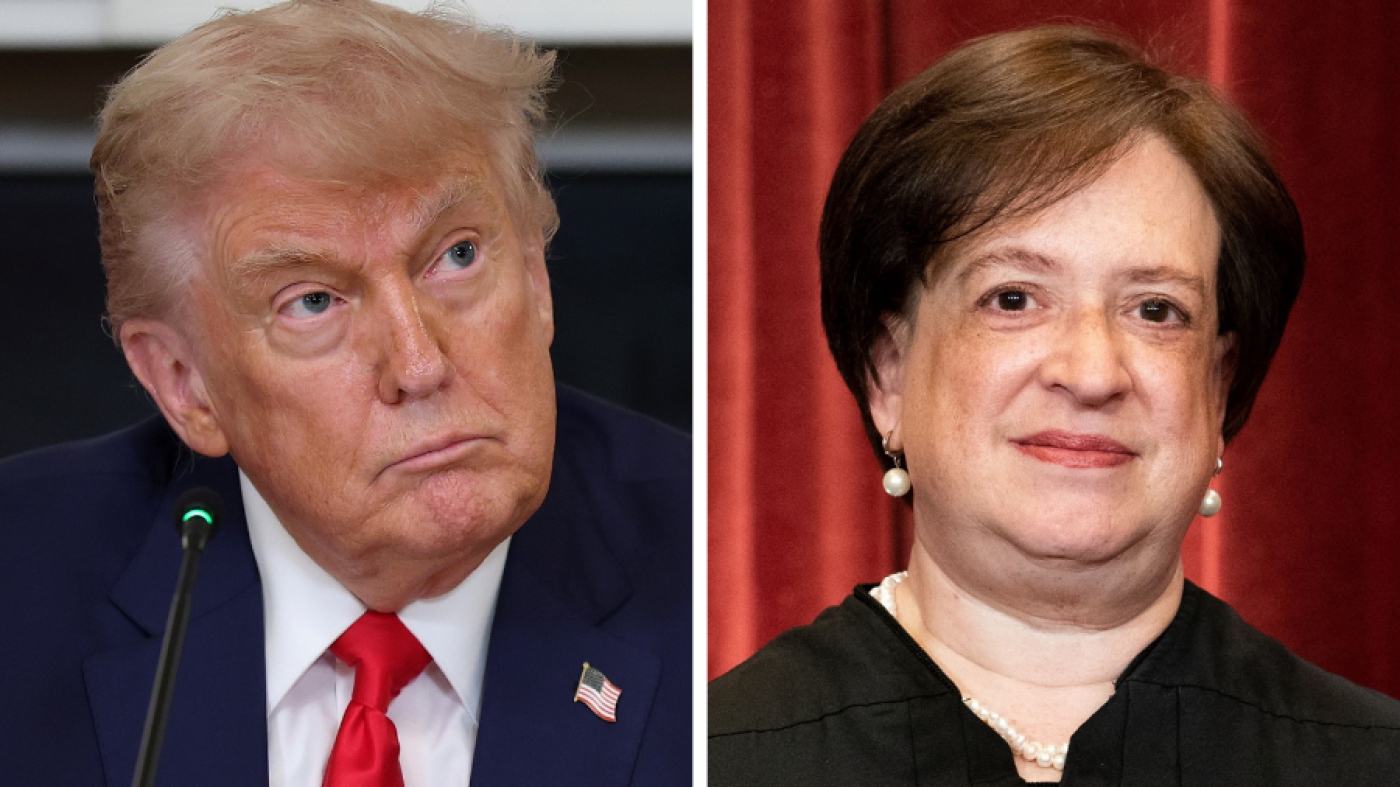The Supreme Court’s decision to lift a lower court order, allowing the Trump administration to proceed with mass layoffs across federal agencies, has sent shockwaves through the federal workforce and sparked intense debate. This ruling, which could affect hundreds of thousands of employees, underscores a broader ideological clash over government efficiency, executive power, and the role of federal workers in society. While some view the decision as a necessary step toward streamlining government, others warn of potential disruptions to essential services and long-term consequences for public administration.
The Genesis of the Layoffs: Executive Orders and Legal Challenges
The Trump administration’s push for mass layoffs began with an executive order directing federal agencies to implement “Reduction in Force and Reorganization Plans.” The stated goal was to downsize the government, eliminate redundancies, and improve efficiency. However, unions and employee advocacy groups quickly challenged the move, arguing that the administration’s actions violated federal workers’ rights and lacked proper justification. A lower court initially sided with the plaintiffs, issuing a temporary injunction to block the layoffs. The court expressed concerns about whether the administration had followed established procedures for reducing the federal workforce and questioned the rationale behind the sweeping cuts.
The Trump administration, undeterred, appealed to the Supreme Court, seeking to overturn the lower court’s decision. The Supreme Court’s subsequent ruling to lift the injunction represented a significant victory for the administration, though the unsigned decision provided little clarity on the court’s reasoning. Legal experts speculate that the court may have deferred to the executive branch’s authority to manage the federal workforce, a move that some interpret as a reaffirmation of presidential power over federal agencies.
The Impact on Federal Agencies and Employees
With the Supreme Court’s decision, federal agencies are now free to implement their layoff plans, potentially affecting hundreds of thousands of employees. Agencies like the Department of Education, which the administration has targeted for spending cuts and consolidation, are expected to be among the hardest hit. The prospect of mass layoffs has created widespread anxiety among federal workers, many of whom fear for their jobs and the financial stability of their families.
Beyond the immediate economic impact, the loss of experienced personnel could disrupt agency operations and undermine their ability to deliver essential services. Federal employees play critical roles in areas such as environmental protection, food safety, and veterans’ healthcare. Reducing the workforce could lead to longer wait times, decreased service quality, and increased risks to public health and safety. Additionally, critics argue that the layoffs may disproportionately affect minority and female employees, who are overrepresented in the federal workforce, raising concerns about equity and fairness.
Streamlining or Undermining? The Debate Over Government Efficiency
Supporters of the layoffs argue that they are necessary to streamline government operations, eliminate waste, and improve efficiency. They contend that the federal bureaucracy has grown bloated over time, and that reducing the workforce is essential to cutting costs and enhancing performance. Some also suggest that a smaller federal workforce could encourage greater private sector involvement in delivering public services, potentially leading to more innovative and cost-effective solutions.
However, critics warn that the layoffs could undermine the government’s ability to fulfill its core functions. They point out that federal employees provide vital services that private companies may not prioritize, such as protecting the environment, ensuring food safety, and providing healthcare to veterans. Cutting the workforce could lead to service disruptions, longer wait times, and increased risks to public health and safety. Additionally, critics argue that the layoffs may disproportionately affect minority and female employees, raising concerns about equity and fairness in the federal workforce.
A Lingering Uncertainty: The Future of the Federal Workforce
While the Supreme Court’s decision allows the Trump administration to proceed with its layoff plans, the legal challenges are far from over. Lower courts will continue to hear arguments about the legality of the administration’s actions, and it remains possible that they could ultimately rule against the administration. This means that the future of the federal workforce remains uncertain.
Even if the administration succeeds in implementing its layoff plans, the long-term impact on the federal government is unclear. The loss of experienced personnel could significantly affect agencies’ ability to perform their essential functions. It could also make it more difficult for the government to attract and retain talented employees in the future, potentially weakening the federal workforce in the long run.
A Turning Point or a Temporary Setback?
The Supreme Court’s decision marks a pivotal moment in the ongoing debate over the size and scope of the federal government. Whether it represents a lasting shift toward a smaller federal workforce or a temporary setback for federal employees remains to be seen. The outcome will depend on several factors, including the ongoing legal challenges, the political climate, and the ability of federal agencies to adapt to the changes.
Regardless of the ultimate outcome, the decision has already had a profound impact on the lives of federal employees and the future of the federal government. The long-term consequences will ripple through the nation for years to come, shaping the way government operates and the role it plays in society. As the debate continues, one thing is clear: the Supreme Court’s ruling has set the stage for a broader conversation about the future of federal employment and the balance between efficiency and essential public services.











